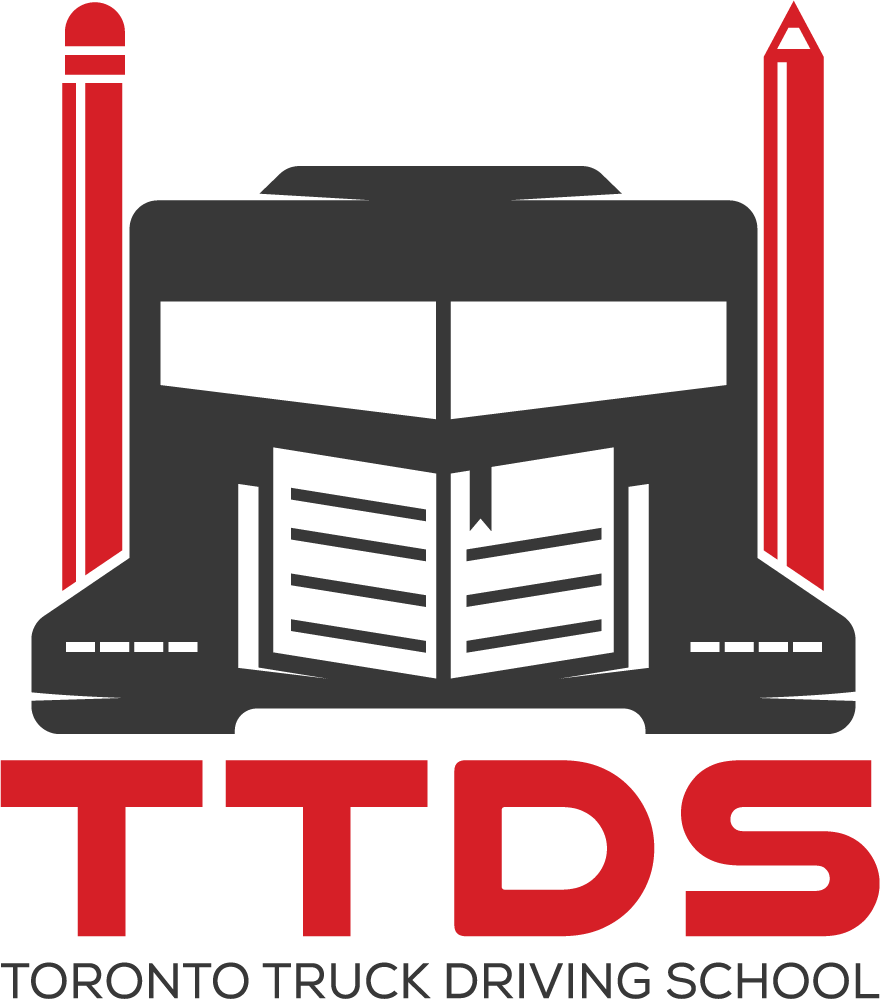19 Jul Understanding ADHD and Driving: Tips for Safe Driving
Driving is a complex task that requires focus, quick decision-making, and impulse control. For individuals with Attention Deficit Hyperactivity Disorder (ADHD), these tasks can be particularly challenging. ADHD is a neurological condition that affects both children and adults, making it harder for them to concentrate, stay organized, and manage their impulses. These symptoms can significantly impact driving abilities, leading to a higher risk of accidents.
At Toronto Truck Driving School, we believe in promoting safe driving practices for everyone, including those with ADHD. This blog post aims to provide an overview of the challenges faced by drivers with ADHD and offer practical tips to help them navigate the roads safely.
What is ADHD?
ADHD is a condition that affects the brain’s executive functions, which include the ability to plan, focus on tasks, and control impulses. Common symptoms of ADHD include:
- Difficulty sustaining attention
- Impulsivity
- Hyperactivity
- Poor time management
- Trouble multitasking
- Difficulty following through on tasks
These symptoms can interfere with various aspects of life, including driving. For drivers with ADHD, maintaining focus and controlling impulses are critical for safe driving.
Challenges Faced by Drivers with ADHD
Drivers with ADHD may experience several unique challenges, such as:
- Maintaining Focus: Long periods of driving can be monotonous, making it difficult for individuals with ADHD to stay focused on the road.
- Impulsive Decisions: ADHD can lead to impulsive behaviors, such as sudden lane changes or speeding, which can increase the risk of accidents.
- Distractions: Drivers with ADHD may be more easily distracted by their environment, including their phones, passengers, or other stimuli.
- Time Management: Poor time management can result in rushed driving, increasing the likelihood of speeding and making unsafe driving decisions.
Tips for Safe Driving with ADHD
While ADHD presents unique challenges, there are several strategies that can help drivers manage their symptoms and drive safely:
- Create a Distraction-Free Environment:
- Limit distractions while driving by keeping your phone out of reach and setting it to “Do Not Disturb” mode.
- Use apps or tools that minimize distractions and help you stay focused.
- Plan Your Trips:
- Plan your routes in advance to reduce stress and last-minute decisions.
- Allow extra time to reach your destination to avoid feeling rushed.
- Take Regular Breaks:
- Schedule regular breaks during long drives to rest and refocus.
- Use these breaks to stretch, walk around, and clear your mind.
- Use Reminders and Alerts:
- Set reminders for important driving tasks, such as checking your mirrors and speed.
- Use apps that provide driving tips and alerts to help you stay on track.
- Practice Mindfulness:
- Engage in mindfulness practices to improve your focus and reduce impulsivity.
- Techniques such as deep breathing and grounding exercises can help you stay calm and focused.
Additional Resources
For more detailed information and guidance on driving with ADHD, we recommend checking out this valuable resource created by Shamieh Law: ADHD and Driving. This guide addresses the unique challenges faced by drivers with ADHD and offers practical strategies to enhance road safety.
Conclusion
At Toronto Truck Driving School, we are committed to providing comprehensive education and support to all our students. By understanding the challenges of ADHD and implementing these strategies, drivers with ADHD can navigate the roads more safely and confidently. Remember, safe driving practices benefit everyone on the road.
If you have any questions or need further assistance, feel free to contact us. Stay safe and drive responsibly!


